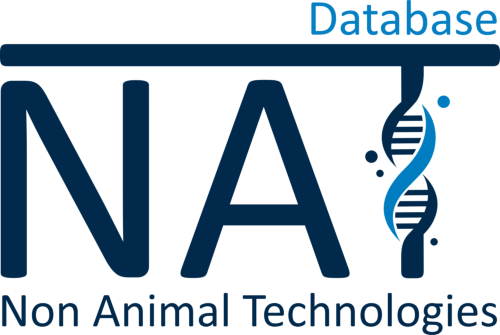3D model of human iPSC-derived neural cells
2016
Florida State University, Tallahassee, USA
Human pluripotent stem cells are growing as a powerful tool to obtain unaccessible human cell material. In the last years, this method is increasingly used to model neurodegenerative diseases, as it allows to obtain human brain cells. Despite its popularity, the mechanisms of differentiation are still not well defined. In this study, human pluripotent stem cells are differentiated in a 3D context with specific modulation of the sonic hedgehog pathway. The results show that the modulation of this signalling pathway produced cells expressing glutamatergic or motor-neuron markers. Moreover, these cells had electrical activity and responded differently to different biomolecules targeting specific cell processes, showing that they are physiologically active. The researchers have developed a 3D platform of human neural cells that can be a powerful tool to increase translationality of disease modelling and drug discovery.
Neural patterning of human induced pluripotent stem cells in 3-D cultures for studying biomolecule-directed differential cellular responses
Yan Li
Added on: 08-20-2021
[1] https://www.sciencedirect.com/science/article/abs/pii/S174270611630304X[2] https://data.jrc.ec.europa.eu/dataset/a8fd26ef-b113-47ab-92ba-fd2be449c7eb





